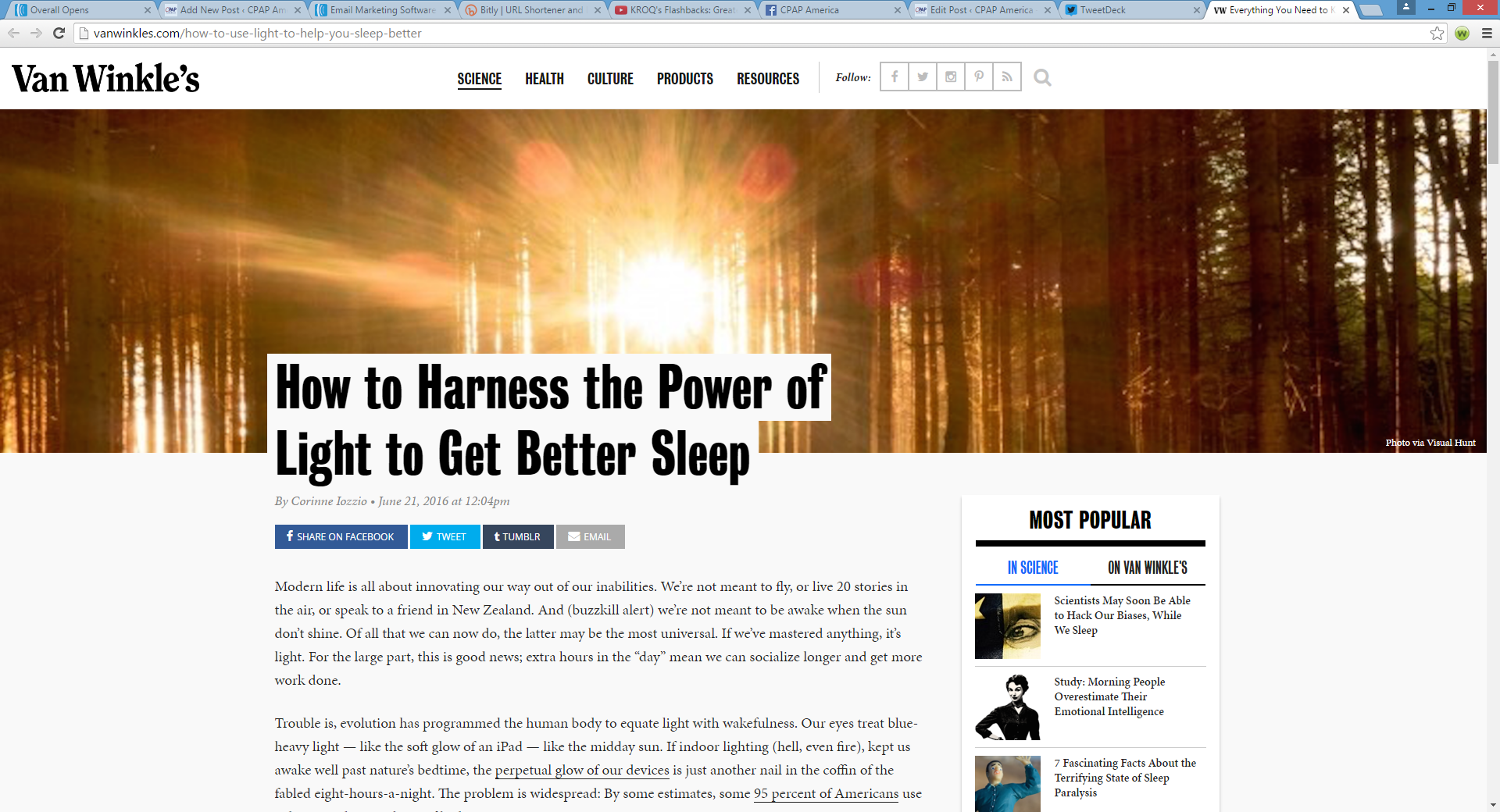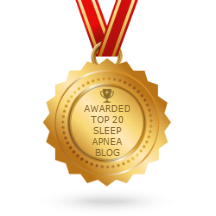
How Light Has An Affect On Your Sleep
Can You Harness Light To Get Better Sleep?
Modern life is all about innovating our way out of our inabilities. We’re not meant to fly, or live 20 stories in the air, or speak to a friend in New Zealand. And (buzzkill alert) we’re not meant to be awake when the sun don’t shine. Of all that we can now do, the latter may be the most universal. If we’ve mastered anything, it’s light. For the large part, this is good news; extra hours in the “day” mean we can socialize longer and get more work done.
Trouble is, evolution has programmed the human body to equate light with wakefulness.
Our eyes treat blue-heavy light — like the soft glow of an iPad — like the midday sun. If indoor lighting (hell, even fire), kept us awake well past nature’s bedtime, the perpetual glow of our devices is just another nail in the coffin of the fabled eight-hours-a-night. The problem is widespread: By some estimates, some 95 percent of Americans use a device within one hour of bed.
So until we evolve beyond a light-regulated circadian sleep/wake rhythm — or until some dystopian future renders daylight hazardous to our health — we need to accept the relationship between light and sleep, and understand what we can do to help it along. Here’s how to do just that.
Why We’re Like This
Our bodies’ responsiveness to blue light stems more from Earth’s composition than from to the color of light itself. Blue wavelengths are able to penetrate the ocean surface better than others, which is what allowed them to reach life where it first began. As species wandered onto land, the reflectance of the sky perpetuated life’s dependence on blue light for cycle-setting. (Maybe if humans had evolved on Mars, we’d have developed a similar response to red light?)
To read the rest of this article, click here:
You can buy CPAP Machines, tubing and all of your CPAP supplies at CPAP America, 707 Mantua Pike, West Deptford, NJ 08096. Feel free to contact us at 1-800-569-0167.
You can also reach us via email here.

